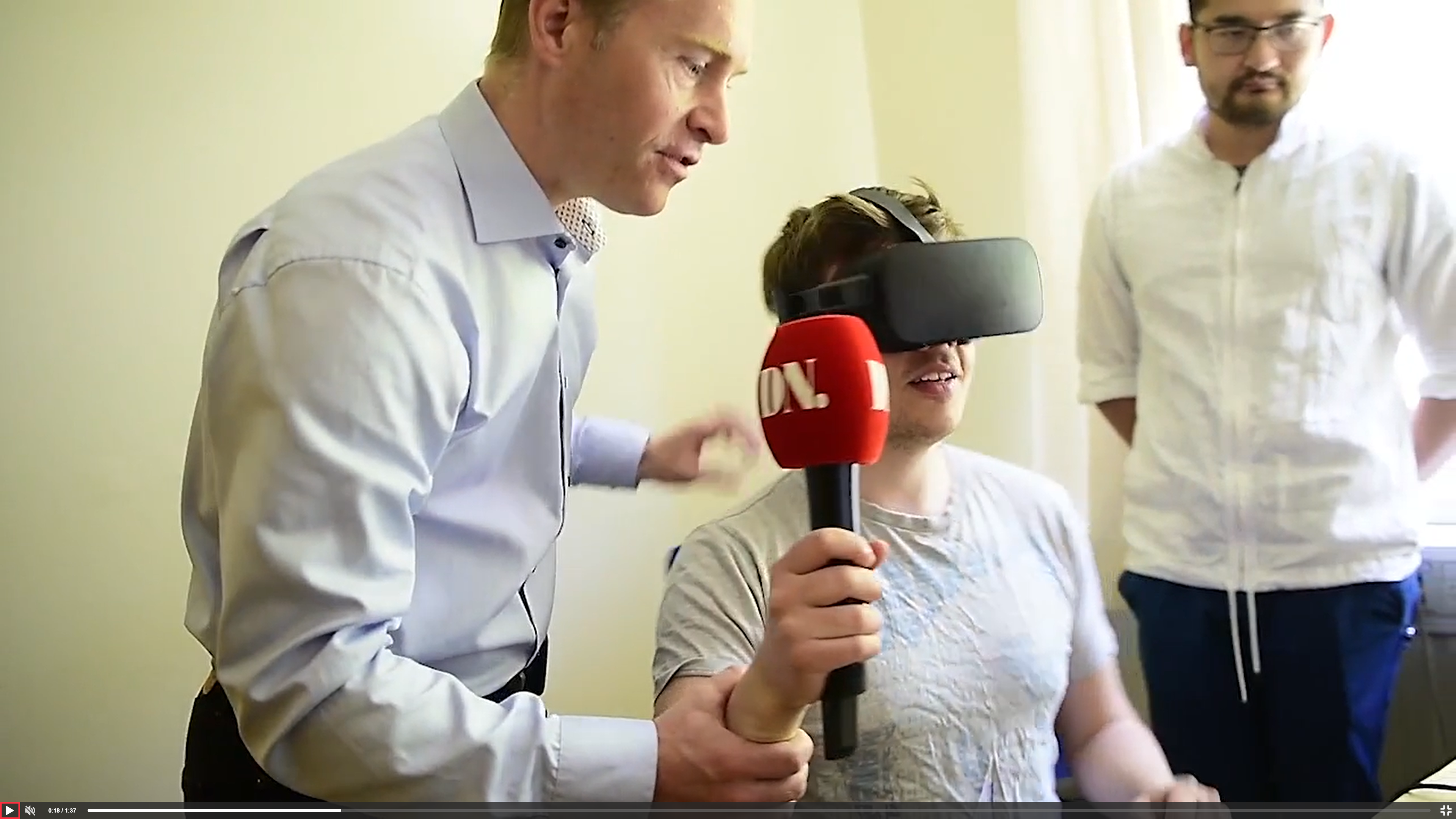We just published a new paper on attentional bias modification and social anxiety. The aims of attentional bias modification is to reduce anxiety by attenuating bias towards threatening information. The current study incorporated virtual reality (VR) technology and 3-dimensional stimuli with a person-identity-matching (PIM) task to evaluate the effects of a VR-based attentional bias modification training on attentional bias and anxiety symptoms.
Methods
One hundred participants with elevated social anxiety were randomised to four training groups. Attentional bias was assessed at pre- and post-training, and anxiety symptoms were assessed at pre-training, post-training, 1-week follow-up, and 3-month follow-up.
Results
Change in anxiety did not correlate with change in bias (r = −0.08). A repeated-measures ANOVA showed no significant difference in bias from pre- to post-attentional bias modification, or between groups. For anxiety symptoms, a linear mixed-effects model analysis revealed a significant effect of time. Participants showed reduction in anxiety score at each successive assessment (p < .001, Nagelkerke’s pseudo r2 = 0.65). However, no other significant main effect or interactions were found. A clinically significant change analysis revealed that 4% of participants were classified as ‘recovered’ at 3-month follow-up.
Conclusions
A single session of VR-based PIM task did not change attentional bias. The significant reduction in anxiety was not specific to active training, and the majority of participants remained clinically unchanged.
Reference:
- Ma, L., Kruijt, A.-W., Ek, A.-K., Åbyhammar, G., Furmark, T., Andersson, G., & Carlbring, P. (2020). Seeking neutral: A VR-based person-identity-matching task for attentional bias modification – A randomised controlled experiment. Internet Interventions, 21, 100334. doi:10.1016/j.invent.2020.100334


